Grapefruit trees reach 13.5 - 18 ft (4.5 - 6) meters and has a round crown of branches spread upwards. The fruit is nearly round or oblate to slightly pear-shaped, with a 4-6" (10-15 cm) wide, smooth, finely fissured skin. The color of the grapefruit is pale, sometimes slightly red outside and white, spongy and bitter inside. The interior consists of 11 to 14 segments, separated by thin, membranous somewhat bitter walls, and the content is very juicy, sweet and sour and very aromatic.
For many years, it was believed that grapefruit is a variation of the pomelo, while in 1948, citrus specialists began to argue that it is a random hybrid of pomelo and orange. Grapefruit was first described in 1750 by Griffith Hughes who called it a "forbidden fruit" of Barbados. In 1789, Patrick Browne reported that this fruit grows in the majority of Jamaica. The popular name grapefruit is actually due to improper classification of the fruits as a variety of grapes from English botanist John Moon.
Commercial grapefruit was grown primarily in Jamaica and Trinidad, but it soon spread to Brazil, South America and Israel. In 1945/46, the United States and primarily Florida produced a record 2, 285, 000 tons of grapefruit. Other countries occupied with the production of grapefruit are Mexico, Argentina, Cyprus, Morocco, and some areas of South America.
Composition of grapefruit
100g grapefruit contains 34-46 calories and 0.5-1.0 g protein. 100 g juice of grapefruit in turn contains 37-42 calories and 0.4-0.5 g protein. Grapefruit is also rich in calcium, phosphorus, iron and vitamin A. A grapefruit contains large amounts of vitamin C, vitamin B9, magnesium, potassium, lycopene. If eaten with the white skins, grapefruit is an excellent source of pectin fiber.
Types of grapefruit
Duncan - the fruit is round with a very light yellow rind, highly aromatic, very juicy, with many seeds. Grown commercially in India.

Foster - the fruit is oblate, medium-big skin is bright yellow, red at places, the smooth interior can also be rosy, good quality, despite numerous seeds. Not very popular and is grown in Florida, Texas, Arizona and India.
Marsh - leading variety grapefruit grown in Florida, California, Texas, Arizona, South America, Australia, South Africa, Israel and India.
Oroblanko - a cross between a grapefruit and pomelo made in 1958 by geneticists.
Neves Paradise - fruit is compressed and smaller than typical grapefruit. Grown near Florida.
Red Blash - this includes all types of red grapefruit.
Grapefruit grows best in warm subtropical climate. Temperature differences affect the length of time from flowering to maturity of fruits. Humidity change contributes to the thickness of the skin in dry climates bark is thick and coarse.
Selecting and storing grapefruit
The color of the grapefruit can be highly misleading. Red fruit inside does not always mean good ripe fruit. More important criterion is the shine – whether the skin reflects light or the color is a dull hue. Buy heavy for their size fruits that slightly give to pressure. Avoid soft fruits that have been tampered with.

Grapefruit is stored at about 60°F (18 °C) for about one week, or in a section for fruit storage for 2 or 3 weeks. The fruit and juice thereof are subject to freezing.
Grapefruit is consumed raw, sometimes slightly sweetened and uncooked. Often used in fruit pies, fruit salads, gelatins and puddings. Grapefruit is also commonly preserved in syrup. In Australia, used for making jam and jelly.
The juice of grapefruit is offered as a drink - fresh, canned, powdered, concentrated or frozen. From it, you can make excellent vinegar or wine, careful fermentation.
Benefits of grapefruit
The skin of a candied grapefruit and an important source of pectin for the preservation of other fruits. The oil from the rind, squeezed or distilled, is often used to flavor soft drinks. The main ingredient in this oil is nukaton which enhances the flavor of the reconstituted juice. The substance extracted from the inner skin of grapefruit, is used to impart a bitter taste to tonic drinks, bitter chocolate and certain types of ice cream.
Oil of grapefruit is dark and very bitter, but with refining becomes pale yellow, soft and very similar to olive oil taste and has the same use. Therefore, these are unsaturated oils, its production is significantly increased since 1960.
Grapefruit is good for the cardiovascular system - naringine helps to remove old red blood cells. Grapefruit juice eliminates constipation, improves digestion, and enhances the secretion of gastric juices. Cholesterol is reduced with the galacturonic acid and pectin contained in grapefruit.

Glass of juice from grapefruit improves sleep, calms nerves and eliminates insomnia.
Damages from grapefruit
People who suffer from allergies to citrus almost always have an allergy to grapefruit, which is why you should avoid it. Negative effect of a grapefruit is the ability to reduce the performance of about 50 kinds of drugs. This is due to the fact that grapefruit juice destroys the action of a specific enzyme responsible for the breakdown and absorption of these drugs.
When this happens, the concentration of certain medicines in the blood increases, which can lead to a number of toxic effects. Among the drugs whose action changes from citrus fruit are those intended for cardiovascular high cholesterol.
It is believed that grapefruit reduces the effect of contraceptive drugs, which may be the cause of unwanted pregnancy.
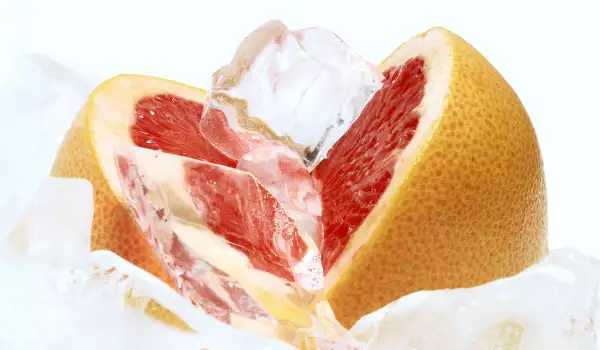
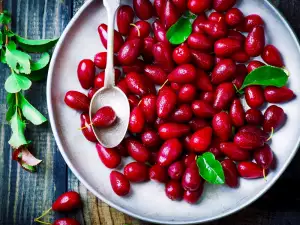

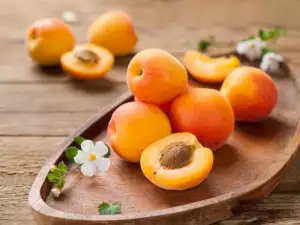
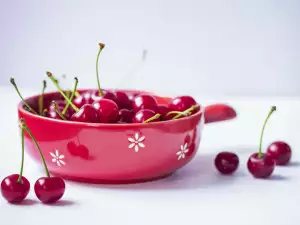








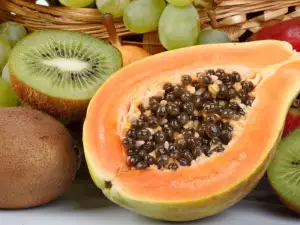





Comments